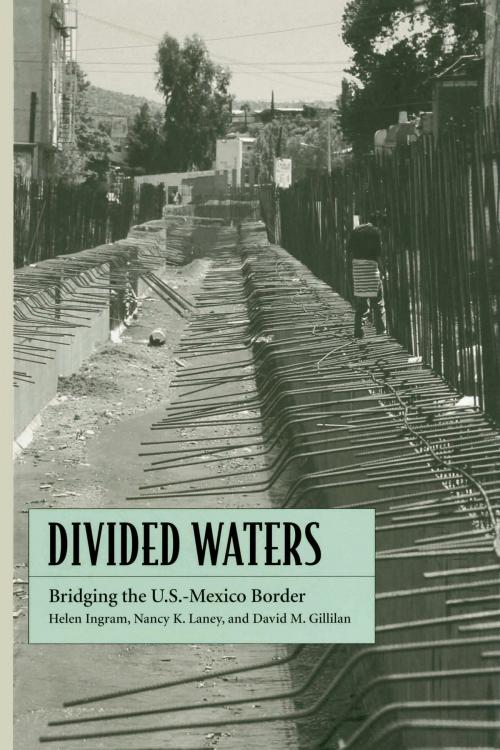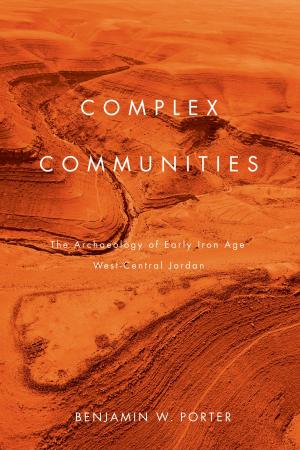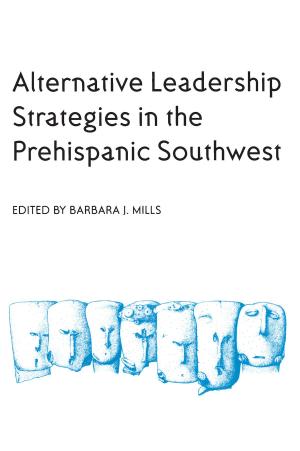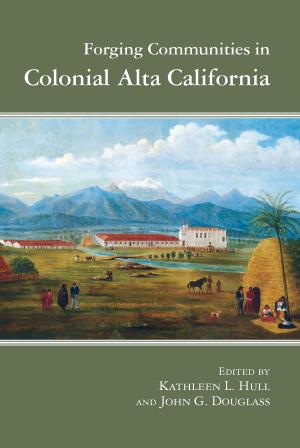Divided Waters
Bridging the U.S.-Mexico Border
Nonfiction, Science & Nature, Nature, Environment, Natural Resources| Author: | Helen Ingram, Nancy K. Laney, David M. Gillilan | ISBN: | 9780816536672 |
| Publisher: | University of Arizona Press | Publication: | December 15, 2016 |
| Imprint: | University of Arizona Press | Language: | English |
| Author: | Helen Ingram, Nancy K. Laney, David M. Gillilan |
| ISBN: | 9780816536672 |
| Publisher: | University of Arizona Press |
| Publication: | December 15, 2016 |
| Imprint: | University of Arizona Press |
| Language: | English |
Among all natural resource and environmental problems between the United States and Mexico, water has been the most troublesome, with ongoing historic contests over water supply becoming superseded by new controversies over water quality. Divided Waters analyzes the politics of water management along the U.S.-Mexico border, using the case of Nogales, Arizona and Nogales, Sonora as a window on the problems and possibilities involved. The authors explore the water problems that Ambos Nogales shares with larger border communities—surface and groundwater contamination, inadequate and insecure supplies, inequitable distribution of resources, flooding, and endangered riparian habitats—considering both the physical characteristics of the water supply and the coping mechanisms of the people who make use of it. They review the prevailing confusion of laws, administrative practices, and political incentives, then recommend the design elements they believe must be included before successful improvements can occur at both the institutional and the resource management levels.
Among all natural resource and environmental problems between the United States and Mexico, water has been the most troublesome, with ongoing historic contests over water supply becoming superseded by new controversies over water quality. Divided Waters analyzes the politics of water management along the U.S.-Mexico border, using the case of Nogales, Arizona and Nogales, Sonora as a window on the problems and possibilities involved. The authors explore the water problems that Ambos Nogales shares with larger border communities—surface and groundwater contamination, inadequate and insecure supplies, inequitable distribution of resources, flooding, and endangered riparian habitats—considering both the physical characteristics of the water supply and the coping mechanisms of the people who make use of it. They review the prevailing confusion of laws, administrative practices, and political incentives, then recommend the design elements they believe must be included before successful improvements can occur at both the institutional and the resource management levels.















